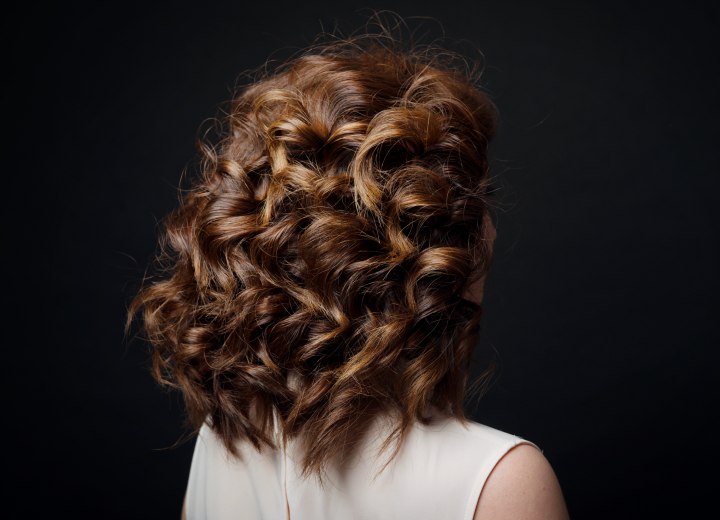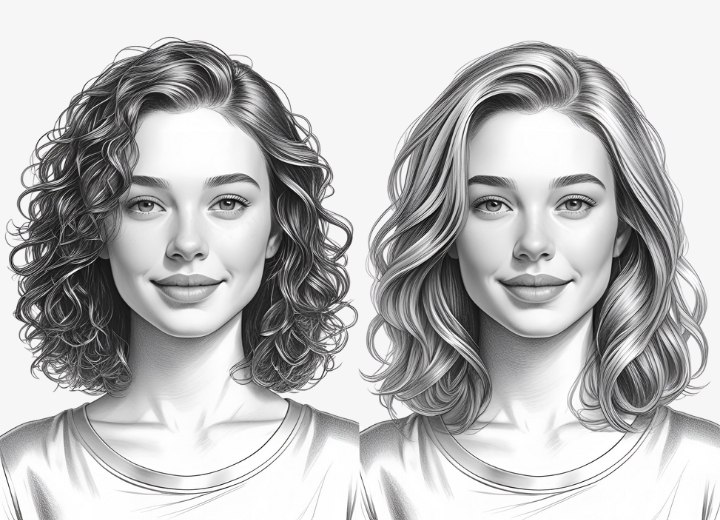Perm Over Highlights

What's the difference between a regular perm and a body wave? I'm hoping to achieve soft curls in my hair, which falls just below shoulder length. If it's possible, can you recommend a specific perm product that would be the safest option? I'd really appreciate your advice.
A: Your stylist's hesitation is actually a good sign that they're looking out for the health of your hair, and you should definitely take their concerns seriously. However, if you suspect their reluctance stems from inexperience with perming color-treated hair rather than genuine concerns about your hair's condition, seeking a second opinion from another experienced stylist could be worthwhile.
That said, it's absolutely possible to safely perm highlighted hair if certain conditions are met. The most crucial factor is the current condition of your hair. If your highlights were done professionally and your hair feels healthy, strong, and elastic when wet, you may be a good candidate for a perm. However, if your hair feels brittle, breaks easily, or has a straw-like texture, attempting a perm could result in significant damage or even hair loss.
When it comes to product recommendations, Apple Pectin permanent waves have long been regarded as excellent choices for clients with fine, color-treated hair. These formulations are known for being gentler while still providing good curl formation and longevity. The apple pectin helps to condition the hair during the perming process, which is particularly beneficial for hair that's already been chemically treated.
Another excellent option to discuss with your stylist is the Quantum line of permanent wave solutions. They manufacture specific formulations designed for high-lift colored hair, which would be ideal for someone with highlights.

For someone seeking soft curls on shoulder-length hair, a body wave or a loose perm would likely achieve the look you're after while being less harsh on your already-processed hair. The key is using larger perm rods and a gentler formula specifically designed for color-treated or damaged hair.
©Hairfinder.com
See also: More about perms and perming hair